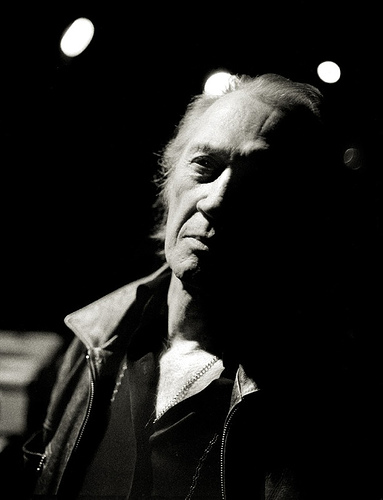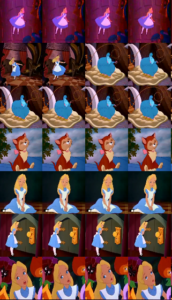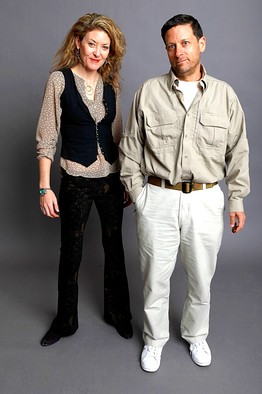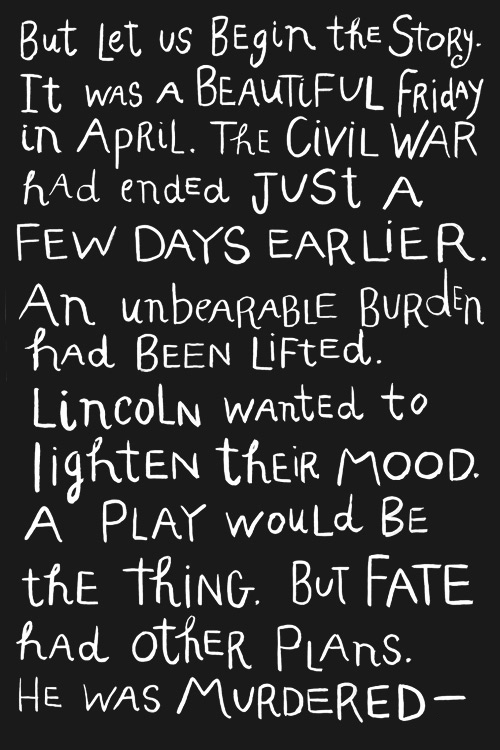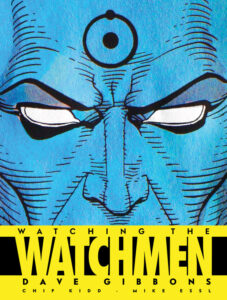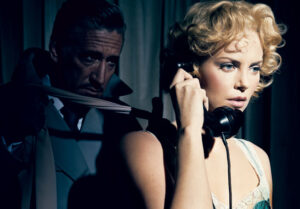
Pelicula original protagonizada por Grace Kelly y Ray Milland.
En su número de Marzo del año pasado, la revista Vanity Fair se planteo capturar el suspense de un montaje de los clásicos de Hitchcock. Fotos de Keira Knightley, Scarlett Johansson, Javier Bardem o Seth Rogen, participando de unos sets cuidadosamente montados para recrear la magia de algunos de los míticos rodajes del ingles que mejor supo tejer fobias e intrigas, trasladándolas al celuloide. Julian Broad, Norman Jean Roy, Mark Seliger, y Art Streiber al otro lado de la lente, ahí es nada.
Recreacion de la escena en la cual Charles Alexander Swann (Dawson) intenta estrangular a Margot Mary Wendice (Grace Kelly), solo para terminar apuñalado con un par de tijeras, la cual causo mucho estress al propio hitchcock. Si bien la pelicula completa se rodo en 36 días, esta “simple” escena necesito una semana entera de preparacion y múltiples tomas para lograr que la coreografia y el timming fueran los correctos.
La lista completa incluye a Casey Affleck, Javier Bardem, Josh Brolin, Julie Christie, Marion Cotillard, Robert Downey Jr., Ben Foster, Jodie Foster, Emile Hirsch, Scarlett Johansson, Keira Knightley, Jennifer Jason Leigh, James McAvoy, Omar Metwally, Gwyneth Paltrow, Seth Rogen, Eva Marie Saint, Charlize Theron, Naomi Watts, Tang Wei, y Renée Zellweger…
Continue reading “Hitchcock portfolio, fotografía by Vanity Fair”

